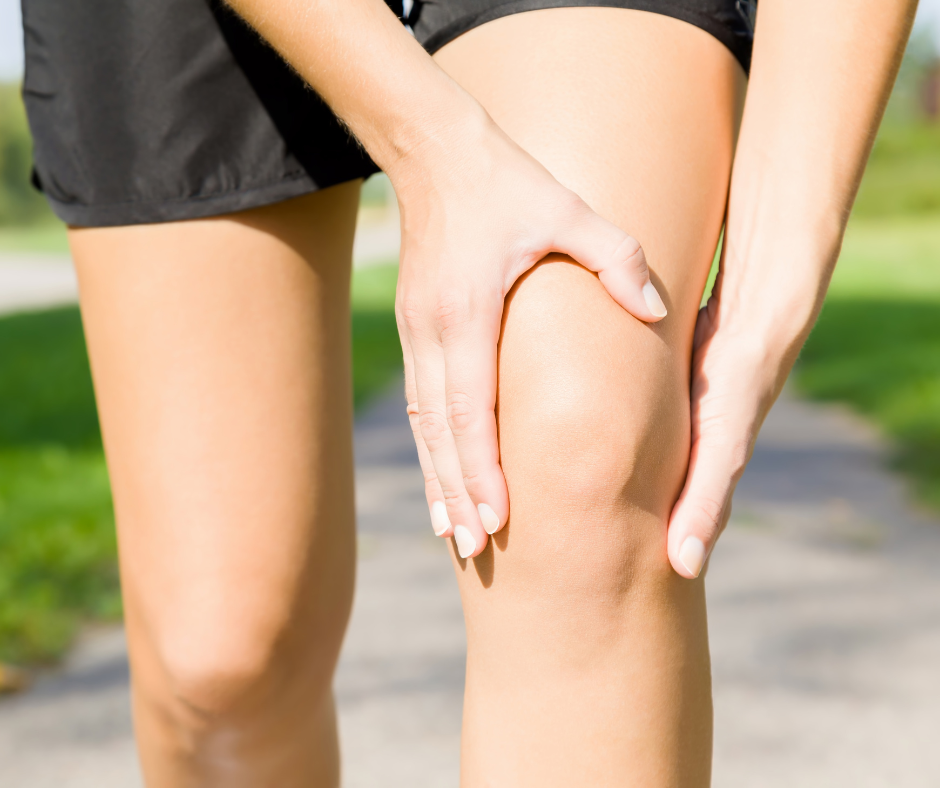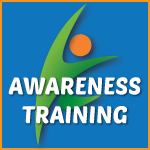Knees Hurt? The #1 Thing You Might Be Missing

Understanding Knee Pain: Why It Happens
Knee pain can show up suddenly or build gradually over time. Whether you’re active, sedentary, young, or aging, the knee joint is one of the most commonly injured or overused parts of the body. And while it may be tempting to “walk it off,” pain in your knee is often a sign of something deeper that needs attention.
Common Causes of Knee Pain
1. Overuse Injuries
Repetitive activities like running, squatting, or climbing stairs can cause wear and tear on the joint, leading to conditions like patellofemoral pain syndrome or iliotibial (IT) band friction syndrome.
2. Muscle Imbalances or Poor Alignment
Weak hips, tight hamstrings, or poor foot mechanics can shift the load to your knees, creating strain and discomfort. Poor posture and movement habits can quietly contribute to knee pain over time.
3. Joint Degeneration
Conditions like osteoarthritis cause the cartilage in your knee to break down, resulting in stiffness, swelling, and pain—especially in the morning or after sitting.
4. Acute Injuries
Sprains, ligament tears (like an ACL or MCL), or meniscus injuries often happen during sports, falls, or sudden movements.
5. Lack of Mobility or Stretching
If nearby joints—like the hips or ankles—are stiff, your knee has to work harder to make up the difference. This added stress can lead to irritation and pain.
What Your Knee Pain Could Be Telling You
Knee pain is often a symptom—not the root issue. If your knees hurt after exercise, walking, or even resting, it could mean:
- Your muscles aren’t supporting the joint well
- You’re compensating for a different imbalance in the body
- Inflammation or stress has built up from poor movement habits
Ignoring the signs can lead to long-term joint damage and make recovery more difficult.
What to Do About It: Smart First Steps
1. Don’t Push Through the Pain
Pain is feedback. If your knee hurts during or after activity, take it seriously.
2. Try Gentle Mobility and Stretching
Simple exercises that target the hips, calves, and feet can offload the knee and promote better alignment.
3. Strengthen the Right Areas
Building strength in the glutes, hamstrings, and core can help reduce stress on your knees during everyday movements.
4. Consider Body Awareness Techniques
Practices like ELDOA, muscle activation, or personalized movement coaching can help you reconnect with your body and correct hidden imbalances.
When to See a Professional
If your knee pain:
- Has lasted more than a few weeks
- Gets worse with activity or at rest
- Causes swelling, clicking, or locking
- Is affecting your daily life or fitness goals
…it’s time to talk to a movement specialist, personal trainer, or physical therapist who can assess the root cause and build a plan that works for your body.
Final Thoughts
Knee pain doesn’t have to be permanent—and it’s rarely just about the knee. Understanding what’s really causing the discomfort can be the first step toward moving better, feeling stronger, and getting back to what you love pain-free.
If you’re in the Rancho Cucamonga area and want expert guidance on how to move better and feel better, click here to book a free consultation.
